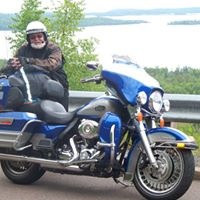Which famous explorer was killed in Hawaii in 1779?
After a month's stay in Hawaii during his third voyage, Cook attempted to resume his exploration of the Northern Pacific. Shortly after leaving Hawaii Island, however, the Resolution's foremast broke, so the ships returned to Kealakekua Bay for repairs.
Tensions rose, and a number of quarrels broke out between the Europeans and Hawaiians at Kealakekua Bay. An unknown group of Hawaiians took one of Cook's small boats. The evening when the cutter was taken, the people had become "insolent" even with threats to fire upon them. Cook was forced into a wild goose chase that ended with his return to the ship frustrated. He attempted to kidnap and ransom the King of Hawaiʻi, Kalaniʻōpuʻu.
That following day, 14 February 1779, Cook marched through the village to retrieve the King. Cook took the King (aliʻi nui) by his own hand and led him willingly away. One of Kalaniʻōpuʻu's favorite wives, Kanekapolei and two chiefs approached the group as they were heading to boats. They pleaded with the king not to go until he stopped and sat where he stood. An old kahuna (priest), chanting rapidly while holding out a coconut, attempted to distract Cook and his men as a large crowd began to form at the shore. The king began to understand that Cook was his enemy. As Cook turned his back to help launch the boats, he was struck on the head by the villagers and then stabbed to death as he fell on his face in the surf.
More Info:
en.wikipedia.org




